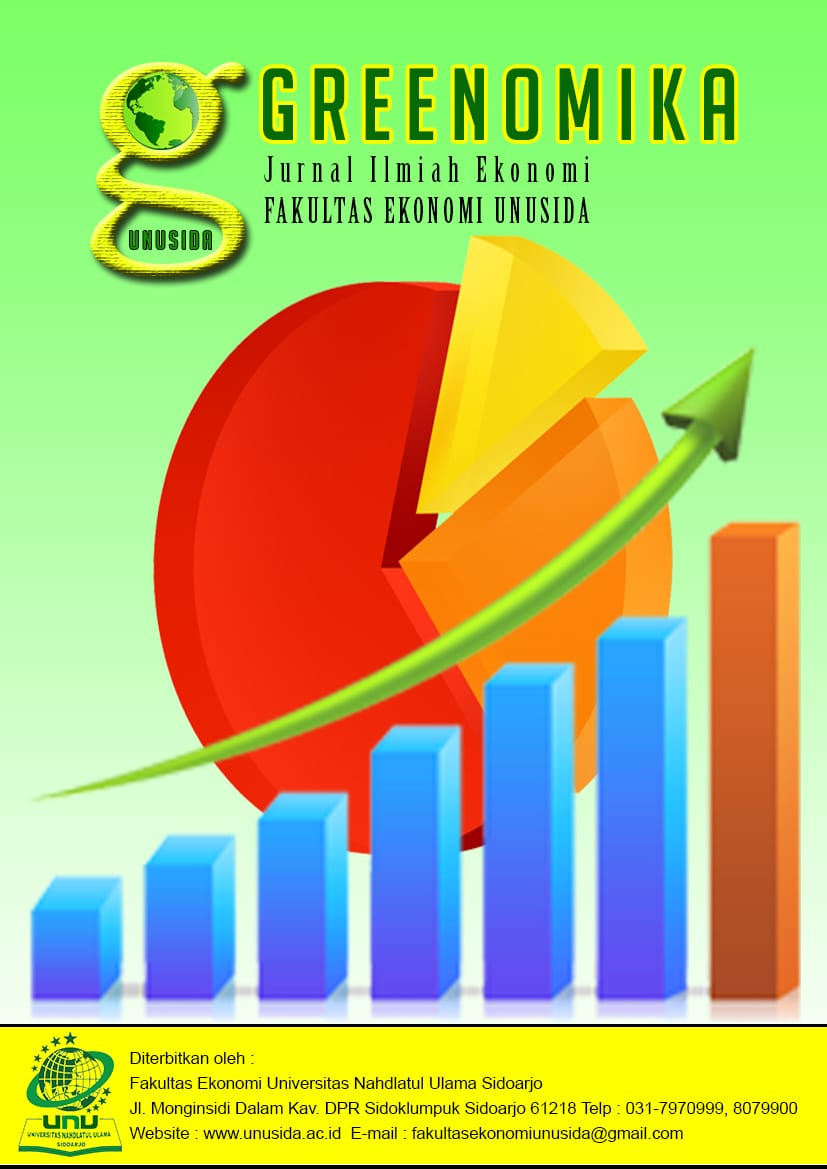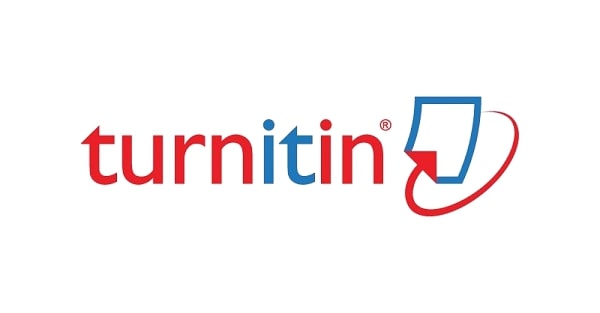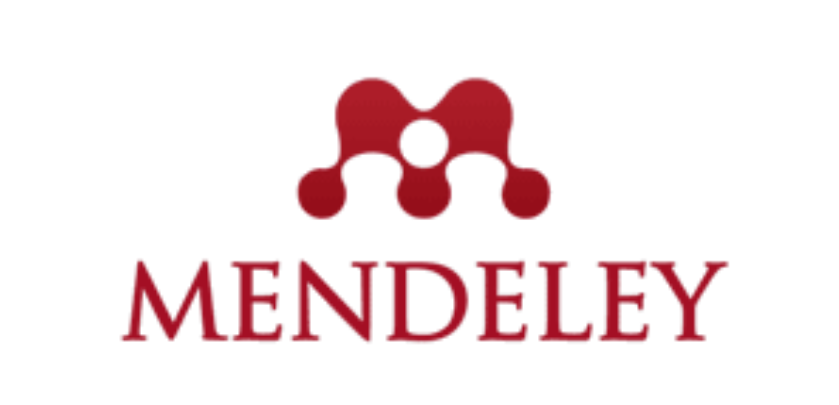PENGARUH INSENTIF DAN MOTIVASI TERHADAP KINERJA KARYAWAN
(PADA PT. TASINDO CENTRAL PERKASA KECAMATAN TANGGULANGIN KABUPATEN SIDOARJO)
DOI:
https://doi.org/10.55732/unu.gnk.2021.03.1.5Keywords:
Incentives, motivation, employee performanceAbstract
This research is motivated by the importance of the role of each employee in the company. Therefore, companies need to increase their attention to the quality of their employees, both in terms of the quality of knowledge and skills, careers and welfare levels. Employee performance will be greatly influenced by several factors, both those originating from workers and those from the company. As a form of remuneration for the company for theperformance of its employees, it is necessary to provide rewards in the form of incentives. The purpose of this study was to determine whether the incentives and motivation given to employees affect employee performance. This research method uses quantitative methods by using data collection techniques and distributingquestionnaires then the results of the research are analyzed using the SPSS application. This research was conducted atPT. Tasindo Central Perkasa.
References
Ardiansyah. (2019). Pengaruh Pembayaran Upah dan Insentif Terhadap Produktifitas Karyawan. Skripsi STIE Pemuda Surabaya
Mangkunegara,AA.AnwarPrabu.(2013). Manajemen Sumber Daya Manusia edisi 11 Bandung: PT. Remaja Rosdakarya
Merry Mercury Laili. (2019). Pengaruh Struktur Kepemilikan Manajerial, Ukuran Perusahaan, Political Visibility Pada Pengungkapan Corporate Social Responcibility Skripsi Universitas Muhammadiyah Sidoarjo.
Muchdarsyah Sinungan. (2005). Produktivitas. Jakarta: Bumi Aksara
Sugiyono. (2010). Metode Penelitian Pendidikan Pendekatan Kuantitatif, kualitatif, dan R&D. Bandung: Alfabeta
Sugiyono. (2014). Metode Penelitian Pendidikan Pendekatan Kuantitatif, Kualitatif, dan R&D. Bandung: Alfabeta.
Sugiyono (2015). Metode Penelitian Kombinasi (Mix Methods). Bandung: Alfabeta.
Downloads
Published
Issue
Section
License

This work is licensed under a Creative Commons Attribution 4.0 International License.
Authors who publish with this journal agree to the following terms:
Authors retain copyright and grant the journal right of first publication with the work simultaneously licensed under a Creative Commons Attribution License that allows others to share the work with an acknowledgement of the work's authorship and initial publication in this journal.
Authors are able to enter into separate, additional contractual arrangements for the non-exclusive distribution of the journal's published version of the work (e.g., post it to an institutional repository or publish it in a book), with an acknowledgement of its initial publication in this journal.
Authors are permitted and encouraged to post their work online (e.g., in institutional repositories or on their website) prior to and during the submission process, as it can lead to productive exchanges, as well as earlier and greater citation of published work (See the Effect of Open Access).















